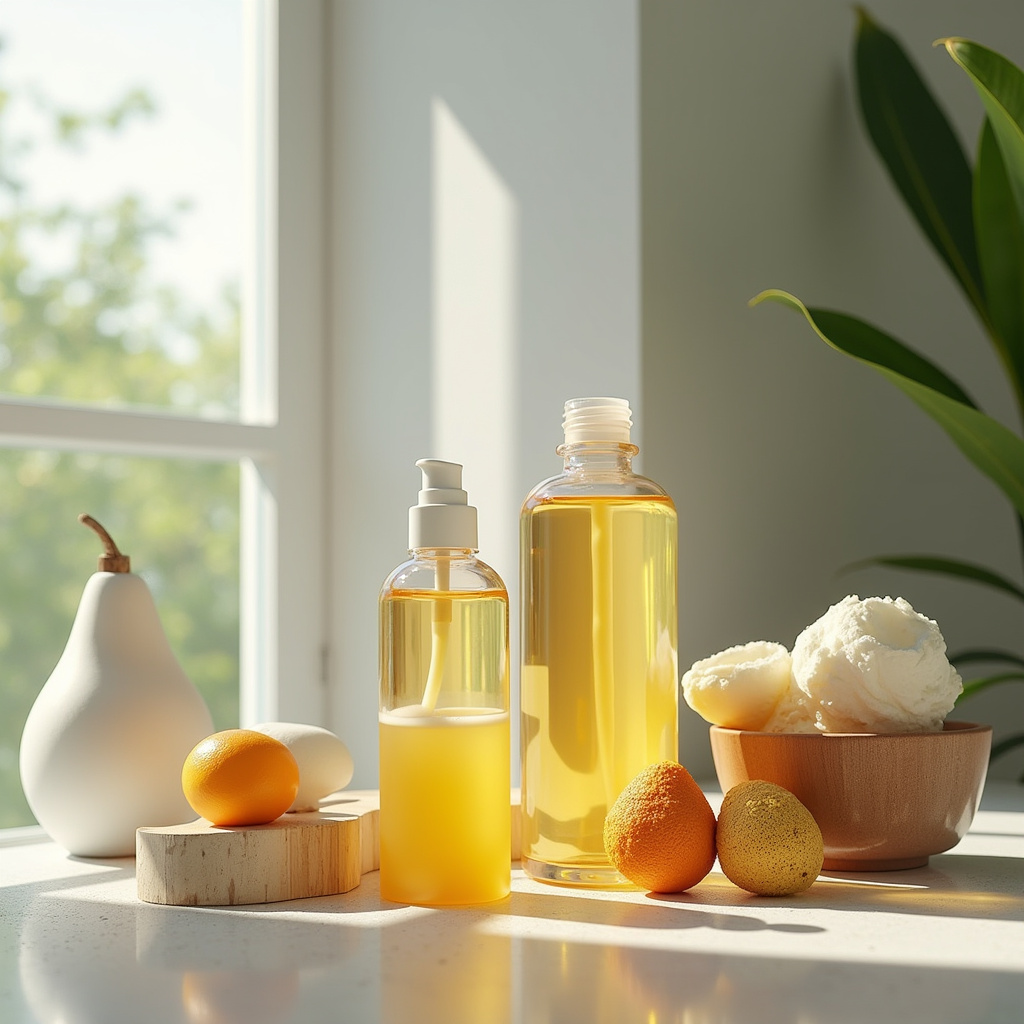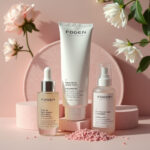Introduction to Laboratory-Grade Ingredients
In recent years, the world of skincare has evolved tremendously, with more and more people seeking effective solutions for their skin concerns. One exciting trend is the use of laboratory-grade ingredients in home skincare routines. But what exactly does this mean? In simple terms, laboratory-grade ingredients are high-quality components that have been scientifically formulated and tested for safety and efficacy. They can help you achieve glowing skin without the need for expensive spa treatments.
Why Choose Laboratory-Grade Ingredients?
There are several reasons why incorporating laboratory-grade ingredients into your home skincare routine can be beneficial:
- Effectiveness: These ingredients are often backed by scientific research, ensuring they deliver noticeable results.
- Purity: Laboratory-grade ingredients are typically free from harmful additives, making them safer for your skin.
- Customization: They can be mixed and matched according to your skin’s unique needs, allowing for a personalized skincare regimen.
Common Laboratory-Grade Ingredients
Understanding which laboratory-grade ingredients are available can help you make informed choices for your skincare routine. Here are some popular options:
- Hyaluronic Acid: This powerful humectant attracts moisture to the skin, keeping it hydrated and plump.
- Retinol: A form of Vitamin A, retinol promotes cell turnover and helps reduce fine lines and wrinkles.
- Peptides: These amino acid chains can boost collagen production, improving skin elasticity and firmness.
- Niacinamide: Also known as Vitamin B3, niacinamide can help minimize pores, improve skin texture, and even out skin tone.
How to Incorporate Laboratory-Grade Ingredients into Your Routine
Adding laboratory-grade ingredients to your skincare routine can be simple. Here’s how to do it:
- Start Slow: If you’re new to these ingredients, introduce one product at a time to see how your skin reacts.
- Patch Test: Always conduct a patch test before applying a new ingredient to your face to avoid adverse reactions.
- Layer Wisely: Use a light, water-based product before heavier creams to ensure better absorption.
- Stay Consistent: Results take time, so be patient and consistent with your routine for the best outcomes.
Conclusion
Laboratory-grade ingredients can elevate your home skincare game by providing effective, safe, and customizable solutions for various skin concerns. By understanding what these ingredients are and how to use them properly, you can create a skincare routine that not only meets your needs but also helps your skin thrive. So why not give it a try? Your skin will thank you!




